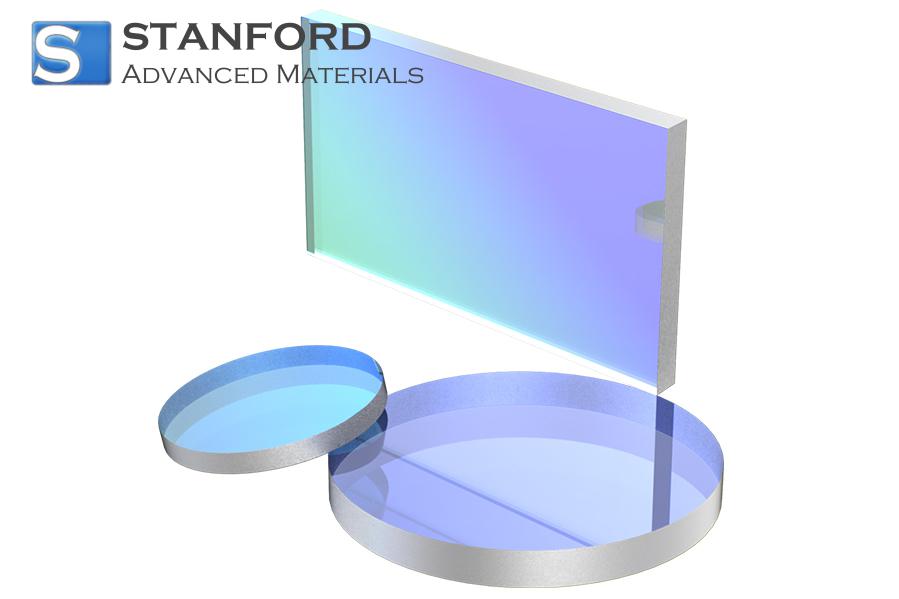What Are The Uses Of Spherical TaW Powder (TA2.5W)
Description
This article details the use of spherical tantalum-tungsten powder. It examines measured properties, test data and documented applications. The aim is to improve the understanding of the material’s operating principles.
Spherical TaW Powder (TA2.5W)
Spherical tantalum-tungsten powder is a defined material. The powder consists of tantalum with an addition of approximately 2.5 weight per cent tungsten. The round particle shape facilitates processing. In many cases the spherical form aids in filling and compaction. The powder is used in advanced technologies where high thermal conductivity and a high melting point are required. The material performs in severe environments. It is suited to applications that require high strength and heat resistance.
Properties and Application Data
The properties of spherical TaW powder (TA2.5W) have been measured accurately. Its melting point is high and its strength persists at elevated temperatures. Key details include:
- Purity: The material typically exhibits a high degree of purity.
- Particle size: The particle size is uniform. It generally measures a few micrometres.
- Sphericity: The powder comprises nearly spherical particles. This ensures an even particle distribution during processing.
- Density: Its high density supports applications under significant loads.
- Thermal conductivity: The powder demonstrates good thermal conductivity, thereby supporting thermal tasks.
The chemical resistance of TA2.5W has been verified. The addition of tungsten increases its oxidation resistance. Consequently, the powder is used at high temperatures and under high loads. It shows uniform behaviour during sintering. When pressed and heated, the particles form a consolidated mass. Given its high melting point and processability, it is appropriate for manufacturing in the aerospace and defence industries.
Spherical TaW Powder (TA2.5W) Application Examples
Documented examples exist for the application of this powder. One example is the fabrication of high-performance components. These parts operate under conditions where high temperatures and loads occur. The powder is employed in sintering processes. During sintering the particles fuse to form consolidated pieces. This process is applied in the aerospace industry, where consistency is necessary.
Another documented application involves electrical components. The powder’s thermal conductivity aids in managing heat dissipation during operation. For instance, it is used for certain types of wires and electrical contacts. The spherical form promotes an even layer deposition on printed circuit boards. This contributes to improved reliability and durability of the components.
The powder is also incorporated into high-performance ceramics. It is blended with other materials to achieve the required strength and performance in ceramic components. The uniform particle size produces consistent results during manufacturing. This method is applied in sectors that require precise material parameters.
Certain industrial sectors mix spherical TaW powder with other refractories. This mixture is used when components require increased resistance to temperature fluctuations. The finished material exhibits high resistance to wear under stress.
Conclusion
Spherical tantalum-tungsten powder (TA2.5W) is an adaptable material. Its high melting point, uniform shape and chemical stability render it suitable for high-temperature and demanding applications. The powder is used in aerospace, defence, electronic components, high-performance ceramics and additive manufacturing.
Frequently Asked Questions
Q: What is the main advantage of using spherical powder?
A: It provides good flow characteristics and a uniform packing density during manufacturing processes.
Q: How does the addition of tungsten affect the powder?
A: It enhances oxidation resistance and improves high-temperature performance.
Q: Can this powder be used in additive manufacturing?
A: Yes, its spherical form improves layer consistency and increases the mechanical strength of 3D-printed parts.

 Bars
Bars
 Beads & Spheres
Beads & Spheres
 Bolts & Nuts
Bolts & Nuts
 Crucibles
Crucibles
 Discs
Discs
 Fibers & Fabrics
Fibers & Fabrics
 Films
Films
 Flake
Flake
 Foams
Foams
 Foil
Foil
 Granules
Granules
 Honeycombs
Honeycombs
 Ink
Ink
 Laminate
Laminate
 Lumps
Lumps
 Meshes
Meshes
 Metallised Film
Metallised Film
 Plate
Plate
 Powders
Powders
 Rod
Rod
 Sheets
Sheets
 Single Crystals
Single Crystals
 Sputtering Target
Sputtering Target
 Tubes
Tubes
 Washer
Washer
 Wires
Wires
 Converters & Calculators
Converters & Calculators
 Write for Us
Write for Us





 Chin Trento
Chin Trento



